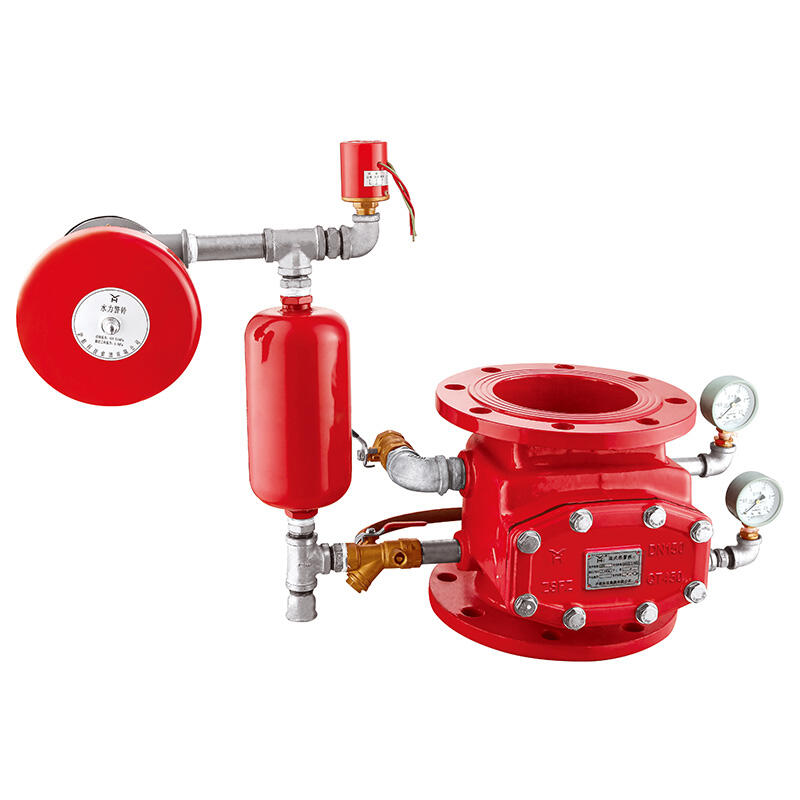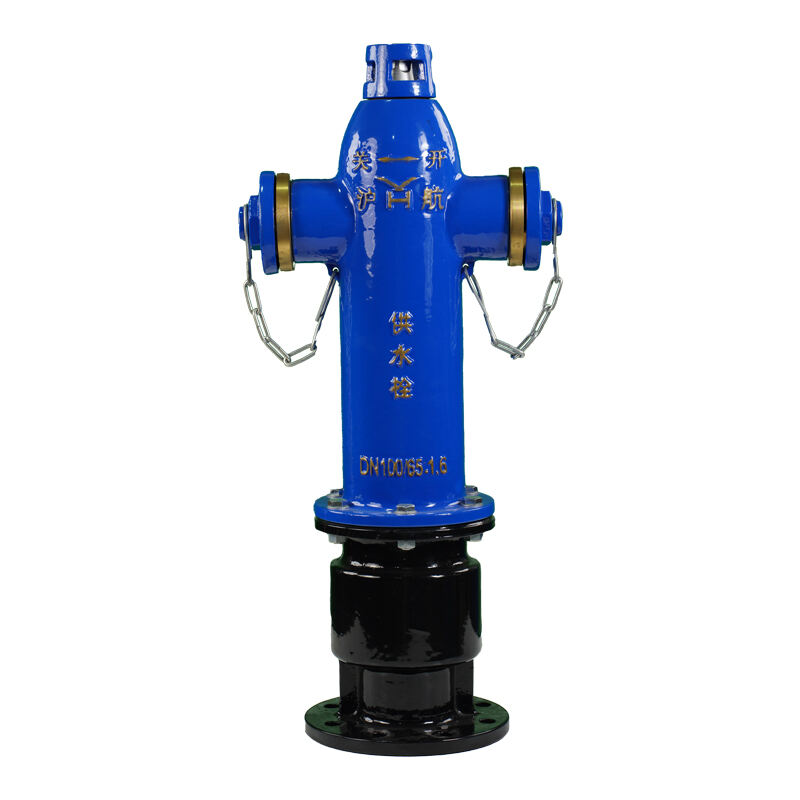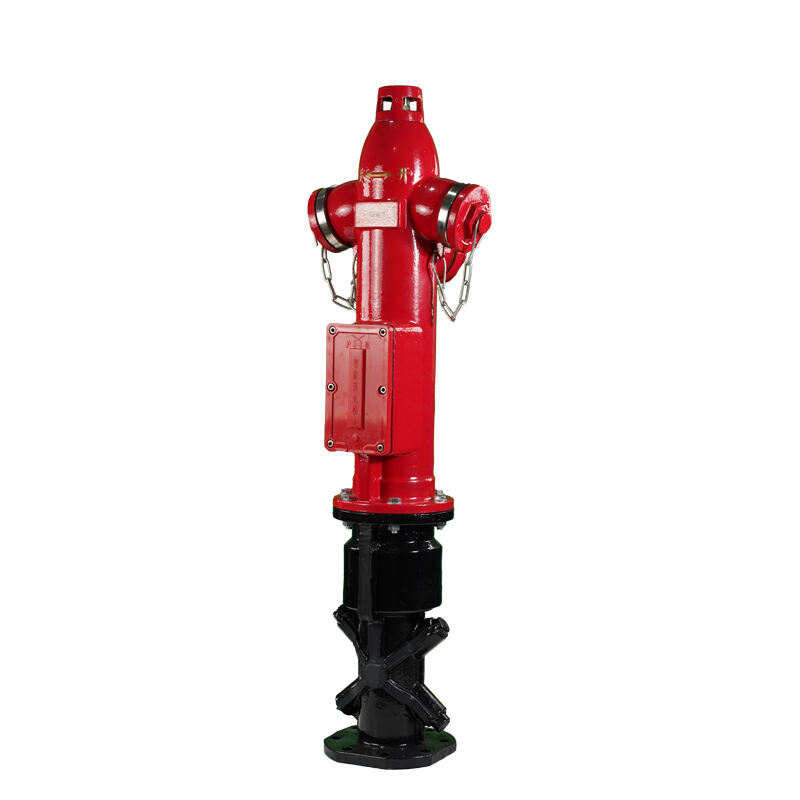street hydrant
A street hydrant is a critical piece of infrastructure designed to provide rapid access to water supply networks in urban and suburban areas. These robust devices serve as essential access points for firefighting operations, municipal water distribution, and emergency water supply needs. Modern street hydrants feature advanced engineering with standardized connection points, allowing fire departments and utility workers to quickly attach their equipment. The main body is typically constructed from high-grade cast iron or ductile iron, protected by weather-resistant coatings that ensure longevity in various environmental conditions. The internal mechanism includes a main valve that connects to the underground water main, operated by a stem nut that requires specific tooling to prevent unauthorized access. Most models incorporate automatic drainage systems that prevent freezing in cold climates by draining residual water when the hydrant is shut off. Street hydrants are strategically placed throughout communities according to local fire codes and water system requirements, typically spaced at intervals that ensure adequate coverage for emergency responses. They undergo regular maintenance and testing to verify proper operation and water flow capacity, essential for maintaining public safety standards.


